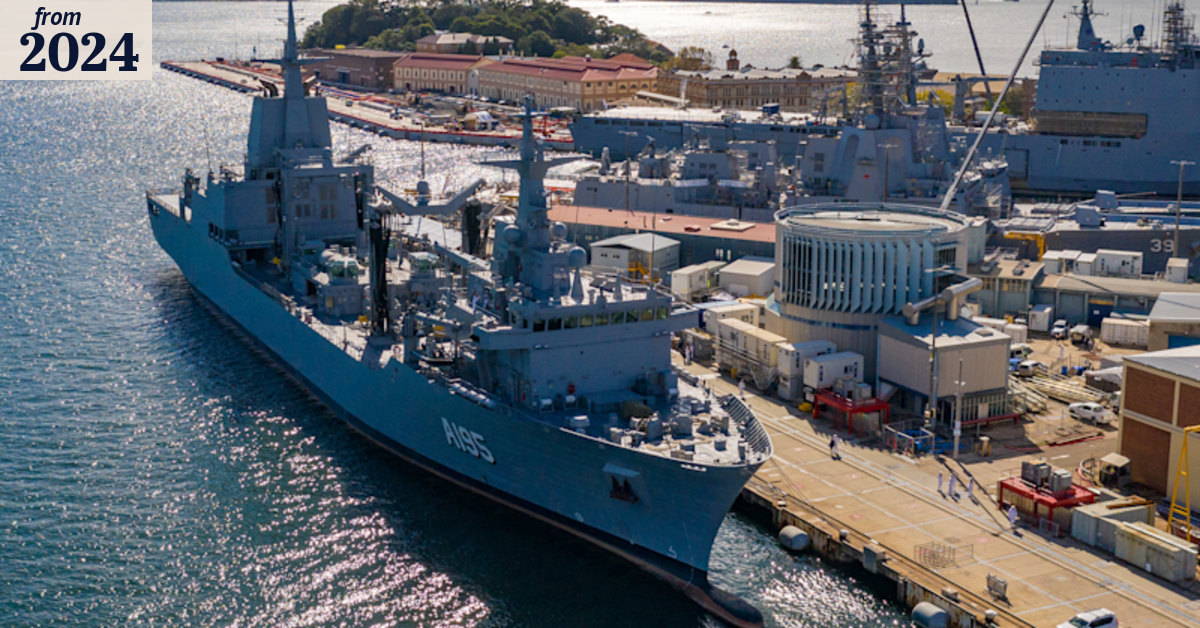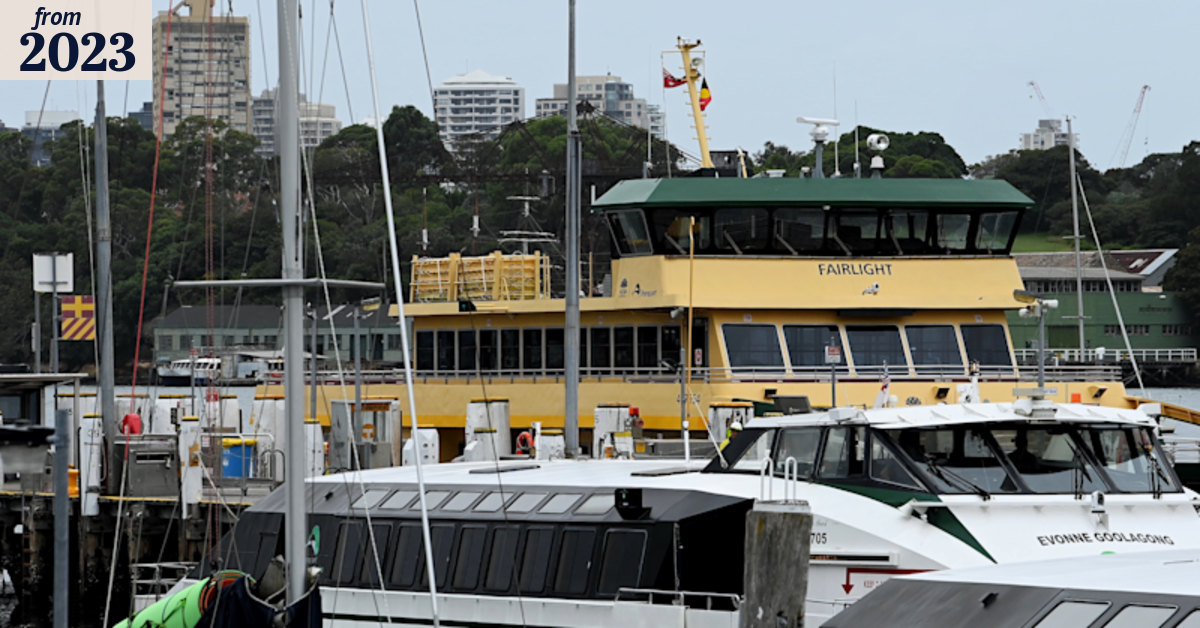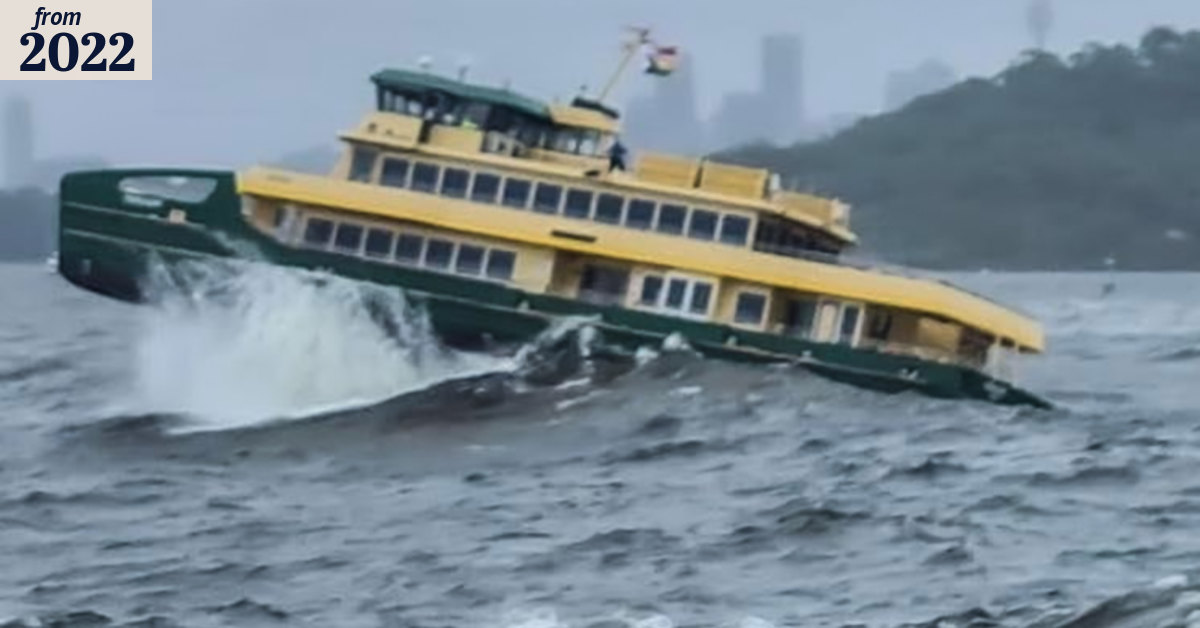The guns aren't exactly the same. The OTO is physically larger and heavier, more automated I believe, but is less man power intensive.
Fitting that may mean less room for missiles, but also a reduction in crew.
A lot of the problems come down to cost and barrel life. The US not being terribly interested doesn't mean that the Europeans are more successful. It may just meet their needs better.
Different strokes for different folks.
If we were really interested in activating a site for naval construction. Civmec still has the Tomago yard in Newcastle. It still has hundreds of trades people employed, mostly on mining and civil projects these days not only that, Newcastle still has a ship building industry. Ferries and commercial shipping is still built and maintained there. There are two major military contractors there with operational yards. It used to have a 15,000t lift there which was sold off in 2012.
Thales has managed and operated the Maritime Precinct in Carrington (Newcastle) since 2017.

www.thalesgroup.com
Our east coast facility is strategically located on 227,000 square metres of land, just 14 kilometres from the port of Newcastle in New South Wales.

www.civmec.com.au
Plus radar, marine wiring, marine engine suppliers, maritime safety etc. The port of Newcastle is one of the largest busiest ports in the world, the largest port on the east coast of Australia, and used to be the largest and busiest coal port in the world (2022). TAFE and the university are nearby. They train sailors, for Australia's maritime and trades for mining workforce there.
Plus not far from FBE, but far enough away, 3 hr drive from Sydney, <6 hrs from Brisbane- which for Sydney means commutable from Sydney, nearby Williamstown RAAF base. Has its own airport, can fly direct to Melbourne or Brisbane same day, for FIFO if needed.
If we are talking about an international being able to come in and setup shop, it would seem to be a logical place. Its not a Greenfields site, its the biggest marine industry in Australia, perhaps the southern Hemisphere. Newcastle Itself has a population of nearly 350,000, has the best rail, port, highway infrastructure in the country.
The mining in Newcastle is dying, coal is dying as a product, and the mines are coming to the end of there natural lives with less investment, its still a decade or two away, but everyone knows its coming. So you have half a million people desperate for industry to replace it.
If there was a bit of priority about investing in the place, the NSW government probably would have ordered ships from there rather than from China.
CODOCK is super busy. This is causing problems for the Navy and for the NSW government.
The return of one of Sydney’s largest ferries has been delayed by a year due to a Spanish-built warship jumping the queue for a dry docking at Garden Island.

www.smh.com.au
Unfortunately, you can't just drive a Many ferry with engine issues to WA or SA. Being over 1000t means limited places to dry dock them.
Sydney loves its large ferries, they are as iconic as Melbourne trams, the bridge, opera house or Ularu.
Even worse they were to be replaced by Chinese ferries, who have no character or class, and have been a technical and reliable nightmare. And floundering around Sydney harbour is just asking for media embarrassment. They aren't built for 4m swells and 100kmph winds or to carry 1100 tourists during the summer.
The Fairlight, one of three ferries bought to replace the larger Freshwater-class vessels, has suffered nine steering failures since it entered service in 2021.

www.smh.com.au
Captains of the new Manly ferries have been warned against sailing directly into waves near the entrance to Sydney Harbour in heavy swells.

www.smh.com.au
View attachment 51421
Seeing the old girls waiting for repair might be the crisis we need to start taking marine capability on the east coast seriously. Reactivating them was like reactivating the Iowa class in terms of pride and obvious solution to the crisis in transport. The ultimate case study in overseas builds undermining the entire nations productivity.
It isn't just a crisis in the navy regarding ships. Its happening too in the civilian sector. Look at the crisis with Antarctic ships, and other government ships. Our boats are now built offshore are literally being battered and we struggle with the whole water thing.
Transport for NSW annual budget is bigger than the Australian defence budget. So having state and national priorities work in sync should make sense.





